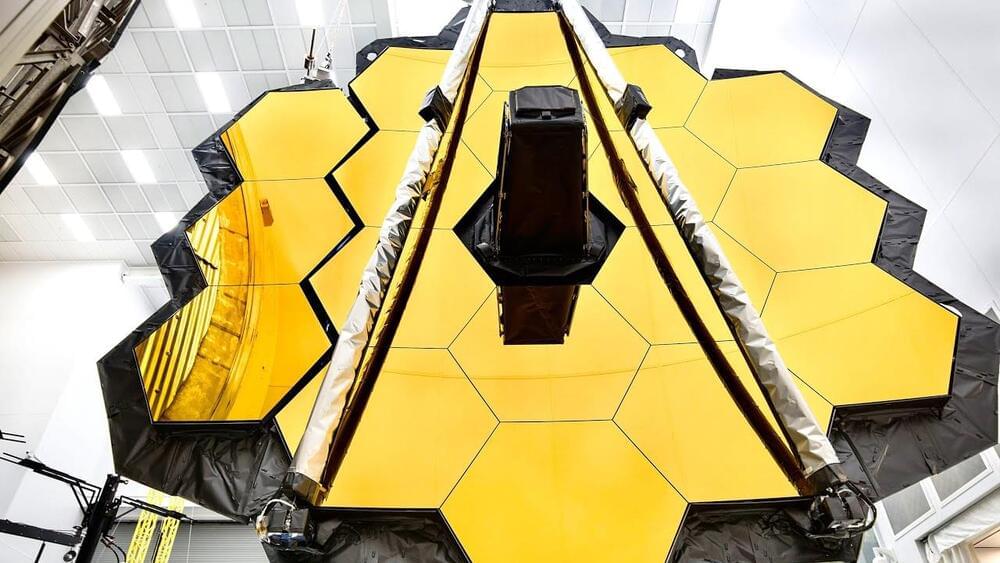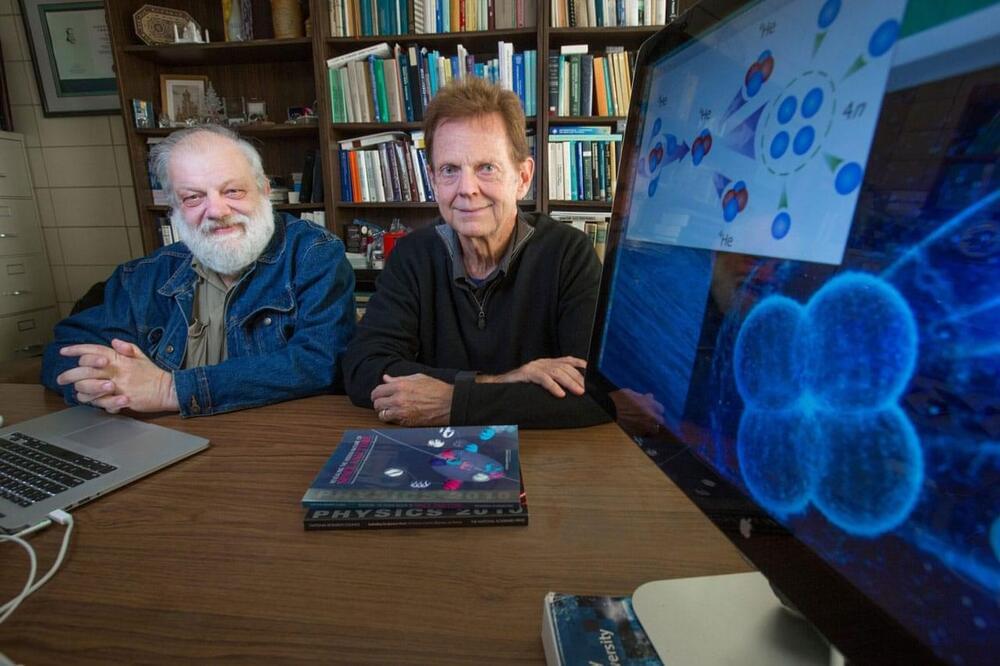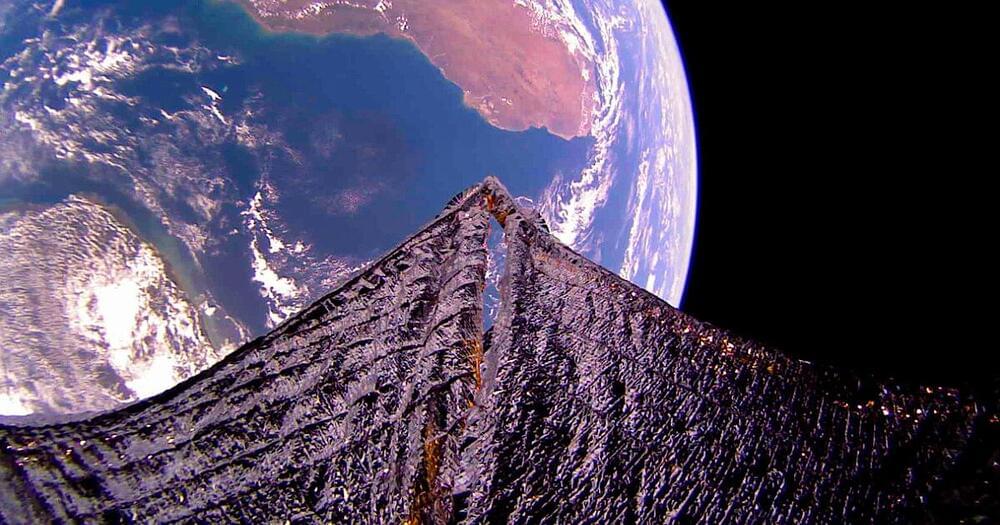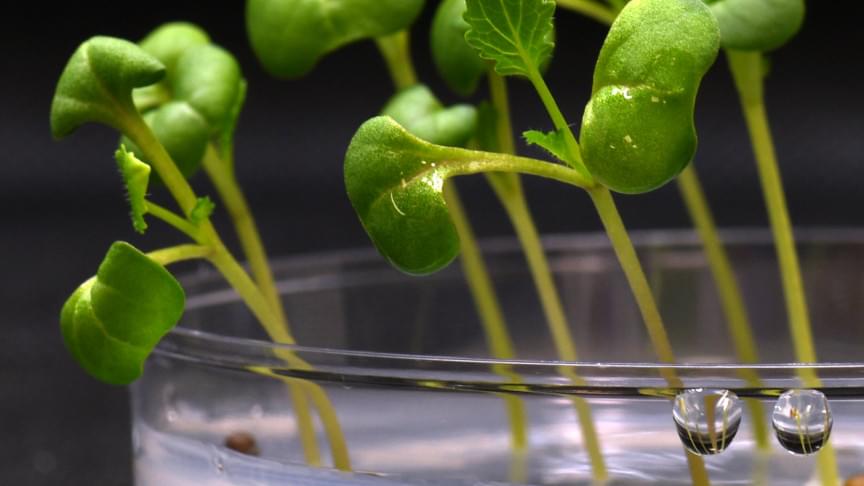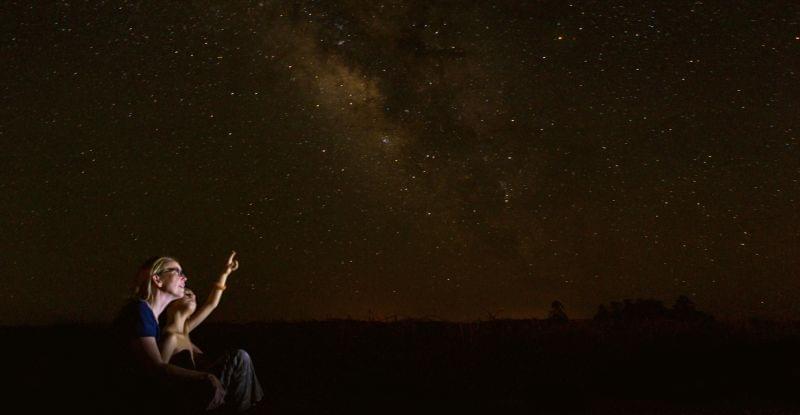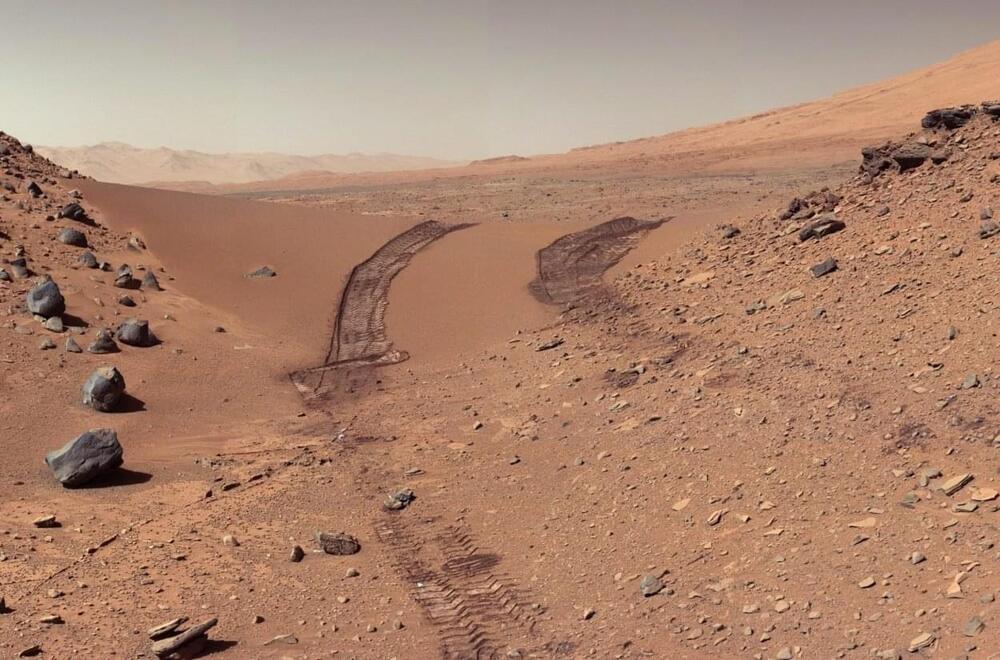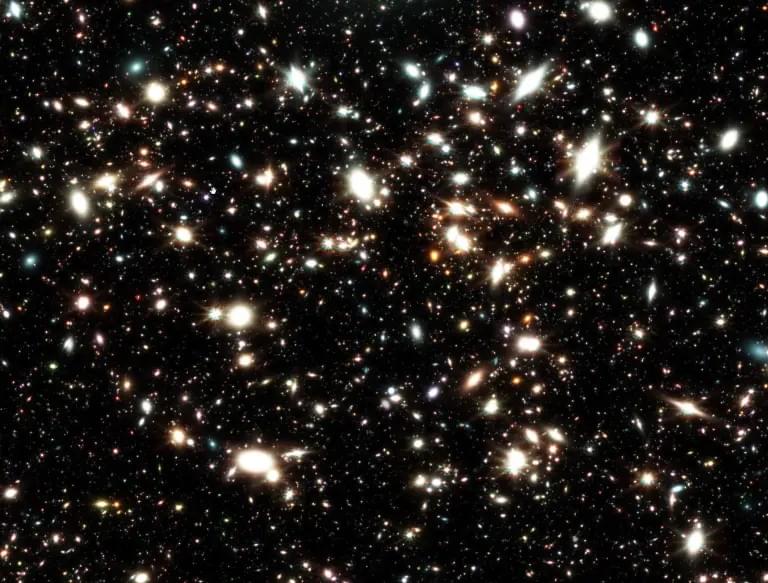Jun 26, 2022
First Images of the James Webb Space Telescope (Official NASA Broadcast)
Posted by Alan Jurisson in category: space
It’s time to #UnfoldTheUniverse. Watch as the mission team reveals the long-awaited first images from the James Webb Space Telescope. Webb, an international collaboration led by NASA with our partners the European Space Agency and the Canadian Space Agency, is the biggest telescope ever launched into space. It will unlock mysteries in our solar system, look beyond to distant worlds around other stars, and probe the mysterious structures and origins of our universe and our place in it.
All about Webb: https://webb.nasa.gov
